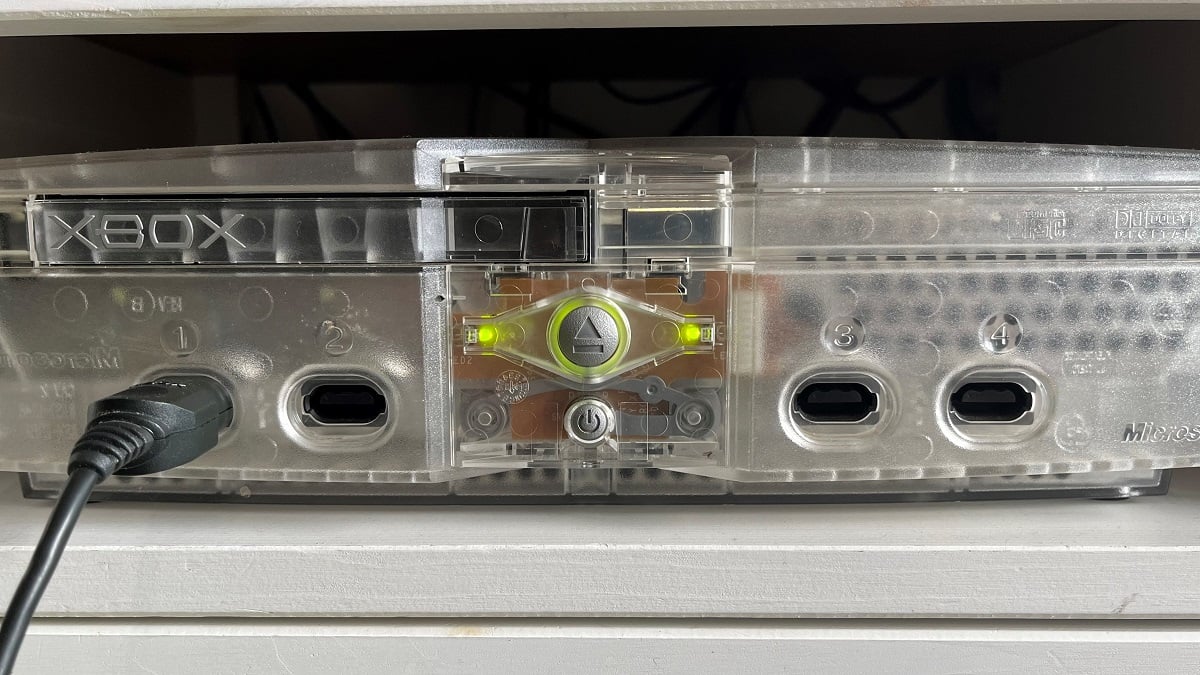I’m not the kind of person who believes that a game needs to grab your attention within the first X number of minutes to be worth your time. That would exclude a massive number of games with slow build-ups, which are just as rewarding. However, I do appreciate it when a game wields its introduction effectively.
From Jake Armitage kicking his way out of a drawer at the morgue in Shadowrun for the SNES, to the death and return of Commander Shepard in Mass Effect 2, these moments can live on in my brain, even if the rest of the game is a blur.
But if we’re looking for the absolute best introduction to a video game, none can top the unassumingly cruel entrance into Yomawari: Night Alone.
Before I get into what makes the introduction so effective, I’m going to warn you that it’s best if the surprise isn’t spoiled.

Yomawari opens with the unnamed protagonist and her dog, Poro, stopping at the entrance of a dark traffic tunnel. She wisely decides against exploring further and turns back.
Yomawari then runs you through the basic controls. Press one button to run, press another to tiptoe. You walk along the quiet, empty street and see a shadow quickly pass by. Typical horror tension building. Trite, even.
When a rock comes into view, the tutorial continues by having you pick up a rock. It tells you how to open your inventory, select it, and then, finally throw it. The protagonist gives it a little toss to the other side of the road. Then everything goes to shit in an instant. Poro runs to fetch the rock. Blink, and you’ll miss the truck that abruptly speeds into view. There’s a yelp, a rustling crunch, and the screen snaps to black.
It takes around eight seconds for it to start fading back in. Eight seconds where you’re left with nothing but silence and a blank screen and nothing to do but take in what just happened. When the scene finally comes back into view, the protagonist sits shocked at the edge of the road, still holding the end of the empty leash. There’s a smear of blood on the road that trails over the ledge. You have no control as the girl gets up, takes a brief look around, then runs away.

Feeling strangely ashamed? You should. That’s what Yomawari: Night Alone is about. The next scene has the protagonist returning home to her older sister. The sister asks about Poro, but the protagonist can’t respond. She doesn’t tell her what happened, so her sister reassures her and sets off into the night to search for the dog and doesn’t return.
The game then involves your search. The darkened town is dangerous at night, seemingly swimming with monsters, but you have no choice but to brave them to find your sister because, after all, it’s all your fault. Through its deceitful tutorial, Yomawari makes you complicit in the event that puts everything into action.
While Yomawari is largely a hide-and-seek horror game, where you avoid the monsters that roam the streets, the narrative is entirely symbolic. It’s a coming-of-age story about learning to deal with your shame and take responsibility for your mistakes, as hard to deal with as they might be.

Each of the Yomawari games has a similar setup in that they make you take part in the horrific events that puts the narrative into motion. However, Midnight Shadows and Lost in the Dark don’t quite have the same effect, even if I think Midnight Shadows has, overall, the best narrative in the bunch.
What unites them, however, is the way they sow doubt about what happens in their opening. During your journey through Yomawari: Night Alone, it’s suggested that Poro might still be alive. Your goal seems to twist into finding not just your sister, but Poro as well. Was what you saw just the monsters in the town playing tricks on you? Did the protagonist hurry away from the scene too quickly and miss that the dog wasn’t hurt? Or are you just in the bargaining stage of grief?
You can say what you want about the rest of Yomawari: Night Alone. Personally, as much as I love the story it has to tell, I found the gameplay to be a chore. So much so that what should be an easy recommendation becomes a lot more guarded.
That’s unfortunate since its introduction is a class of its own. It turns an innocuous tutorial, uses it to trick you into participating in something horrific, and then says, “Now look at what you did.” In order to draw you into the plot, it needs you to feel a certain way, and it knows exactly where your weak spot is.






Published: Aug 16, 2024 04:00 pm